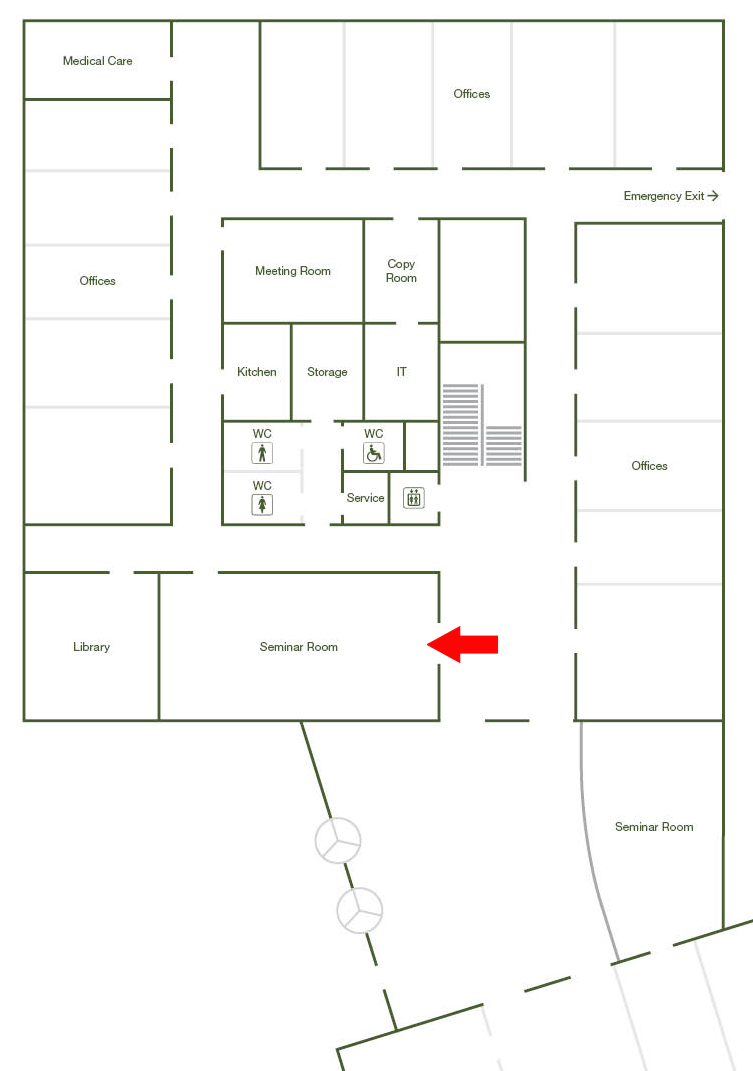Suppressing quasiparticle-induced relaxation in superconducting qubits
Date:
Thursday, February 15, 2018 11:00 - 11:15
Speaker:
Amin Hosseinkhani (Forschungszentrum Juelich)
Location:
Big Seminar room Ground floor / Office Bldg West (I21.EG.101)
Series:
Physical Sciences Seminar
Host:
Maksym Serbyn
Contact:
DANZINGER Stephanie

Superconducting qubits are among the most promising candidates for quantum information processing. An important decoherence mechanism for these qubits originates from interaction between phase degree of freedom with quasiparticle excitations that are tunneling through the Josephson junction. In this talk, I will review qubit relaxation induced by quasiparticle tunneling and discuss some experiments showing that quasiparticles are limiting the qubit coherence. I then explain how a normal-metal island in tunnel contact with the superconducting electrode of a qubit can act as a sink for quasiparticles, thus improving the qubit's coherence time. We develop theoretically and validate experimentally a model for the effect of a single small trap on the dynamics of excess quasiparticles injected in a transmon-type qubit. We find that the slow energy relaxation inside the normal-metal trap is the bottleneck for quasiparticle trapping [1]. Optimizing quasiparticle traps is possible so long as the trap size is larger than a certain characteristic length. Such optimized traps lead to quick evacuation of the excess quasiparticle density and at the same time suppression of the steady-state density and its fluctuations- this can render the qubit more stable in time [2]. We then study how the superconducting proximity effect due to normal metal-superconductor contact can influence the qubit performance. The competition between proximity effect and quasiparticle density suppression leads to an optimum trap-junction distance at which the qubit relaxation rate is minimized. For a transmon qubit, we find this optimum distance to be of the order of 4 to 20 coherence lengths; the harmful influence of the proximity effect can be avoided so long as the trap is farther away from the junction than this optimum [3]. [1] R.-P. Riwar, A. Hosseinkhani, L. D. Burkhart, Y. Y. Gao, R. J. Schoelkopf, L. I. Glazman and G. Catelani, Phys. Rev. B 94, 104516 (2016) [2] A. Hosseinkhani, R.-P. Riwar, R. J. Schoelkopf, L. I. Glazman, and G. Catelani Phys. Rev. Applied 8, 064028 (2017) [3] A. Hosseinkhani and G. Catelani, arXiv:1712.05235